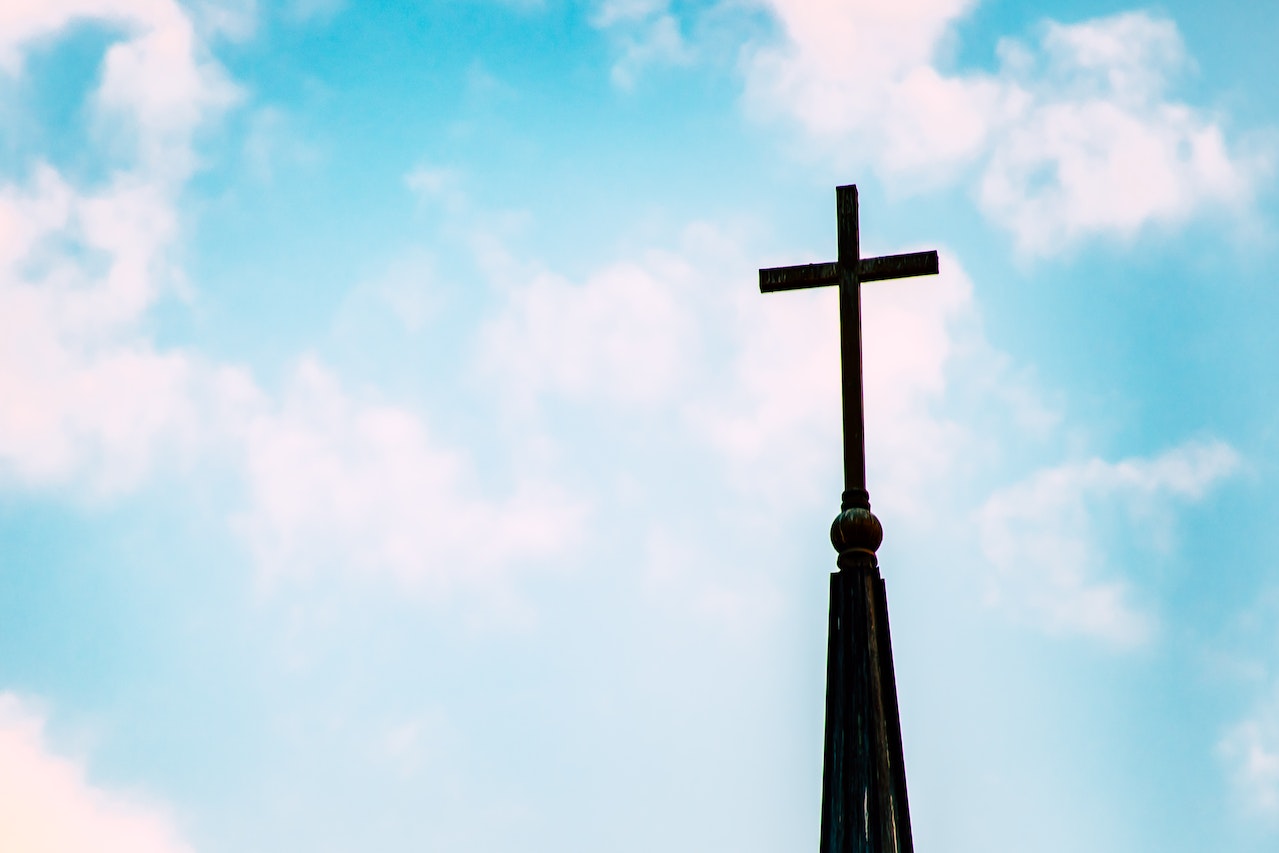For centuries, churches have served as the centerpieces of communities, not only as places for worship but also as architectural marvels showcasing expert artistry and craftsmanship. As such, touring these divine sanctuaries makes for an enriching and captivating experience. In this blog post, we will take you on a heavenly journey through some of the most magnificent churches around the world that are brimming with cultural significance and ethereal beauty.
1. St. Peter’s Basilica – Vatican City
This awe-inspiring basilica stands as a testament to the grandeur of Roman Catholicism. Designed by renowned architects such as Michelangelo and Gian Lorenzo Bernini, St. Peter’s Basilica is situated in Vatican City – the epicenter of Catholic faith. The breathtaking dome dominates Rome’s skyline, while its interiors boast marvelous frescoes, mosaics, and sculptures that inspire a sense of reverence among visitors. Adorned with intricate details, you can easily spend hours beholding its heavenly beauty.
2. Sagrada Família – Barcelona, Spain
A masterpiece in progress, the Sagrada Família captures the heart and brings out the essence of Spanish architecture like no other. Designed by Antoni Gaudí in 1882, this monumental basilica remains unfinished to date yet holds a distinctive charm. Fusing Gothic and Art Nouveau styles, its unconventional design reflects both grandiosity and harmony in every component. Its soaring towers pierce the sky while enchanting stained glass windows create a celestial ambience within its walls.
3. Notre-Dame Cathedral – Paris, France
One cannot talk about churches without mentioning this iconic cathedral nestled in the heart of Paris. The Notre-Dame Cathedral has witnessed many significant events in French history being an integral part of French culture for over 850 years. Embellished with magnificent gargoyles and flying buttresses that are cornerstones of Gothic architecture, Notre-Dame instills awe through its timeless elegance. An ongoing restoration effort to rebuild the cathedral after the disastrous fire in 2019 seeks to allow future generations to continue experiencing its unparalleled splendor.
4. St. Basil’s Cathedral – Moscow, Russia
Resembling more like an enchanting castle than a church, St. Basil’s Cathedral is a vibrant reflection of Russian culture and heritage dating back to the 16th century. With its colorful onion domes and distinctively patterned façade commanding attention on Moscow’s Red Square, this UNESCO World Heritage site celebrates both art and faith harmoniously.
5. Chartres Cathedral – Chartres, France
Located just outside Paris, Chartres Cathedral is renowned for housing one of Christianity’s most important relics – The Sancta Camisia supposedly worn by The Virgin Mary at Christ’s birth. Besides its religious significance dating back to medieval times; this UNESCO World Heritage site stands out from other cathedrals thanks to its remarkable stained glass windows illustrating biblical stories in vivid colors that transcend years gone by.
6. St.Stephen’s Cathedral – Vienna, Austria
Dating back to the 12th century, St.Stephen’s Cathedral stands tall in Vienna’s bustling cityscape with its impressive south tower stretching up to 137 meters high. Housing Europe’s largest free-swinging bell “Die Pummerin” (Boomer), it imparts an identity steeped in Austrian history bespeaking resiliency exhibited during World War II when it withstood severe bombings.
Touring churches around the world offers abundant opportunities to explore diverse cultures rooted in shared values and history unique to each region they manifest in. These timeless architectural masterpieces serve as testaments to creativity that transcends earthly limitations striving to reach divinity itself through their ethereal beauty. Whether you are devoutly religious or simply captivated by their artistic allure; visiting these divine sanctuaries remain an enlightening adventure on your worldly sojourns!
